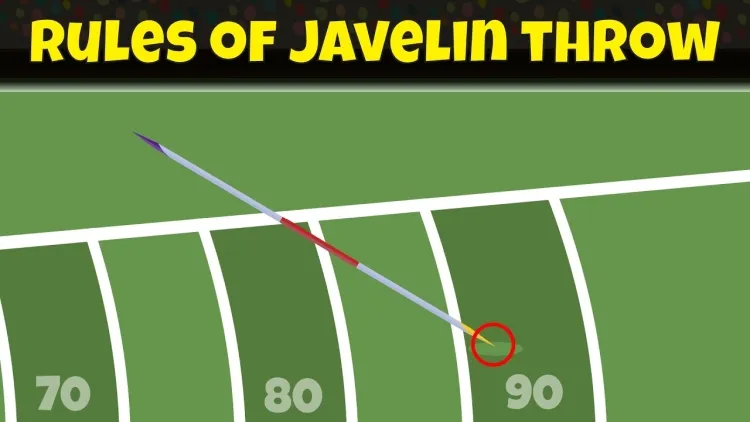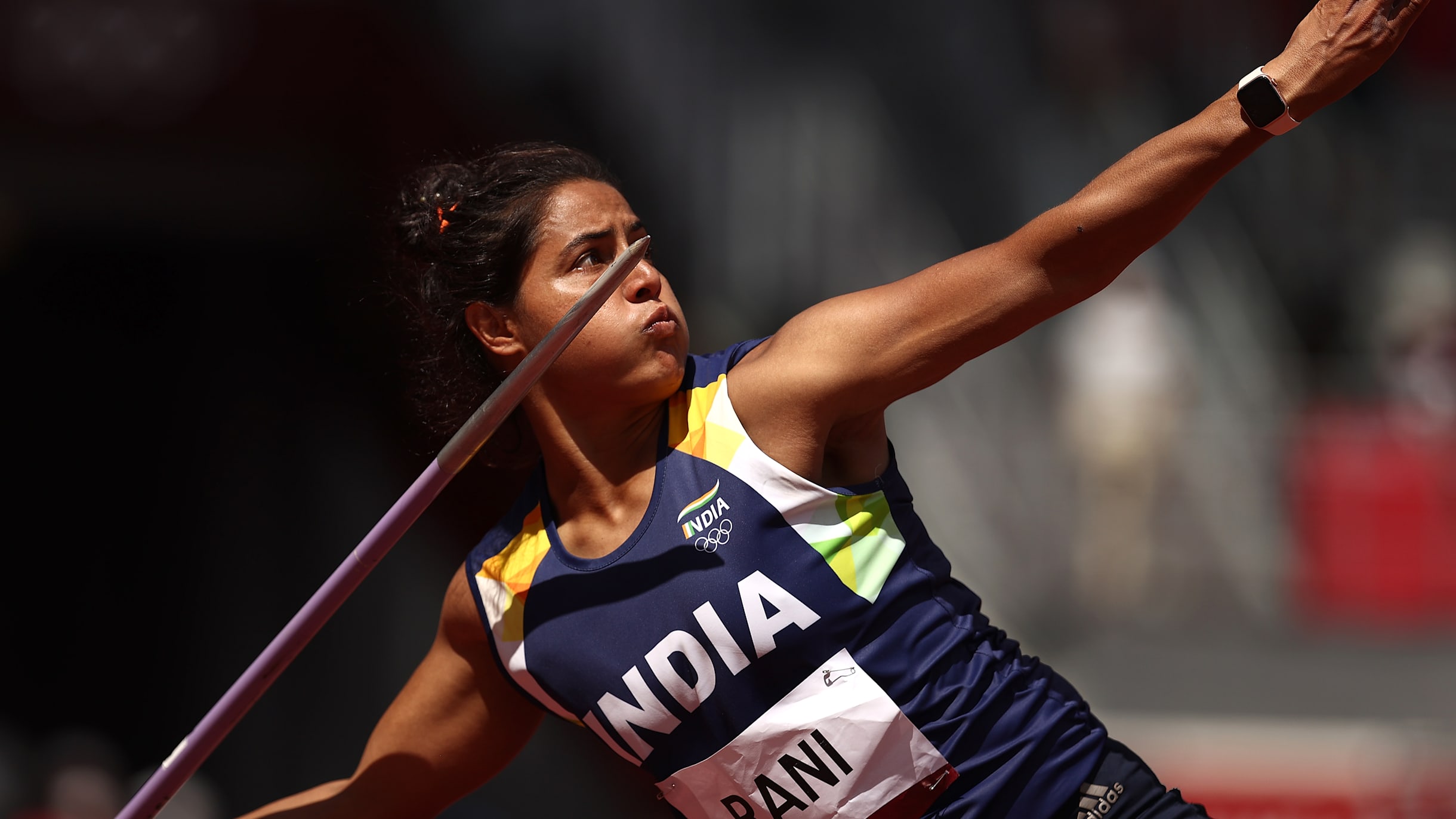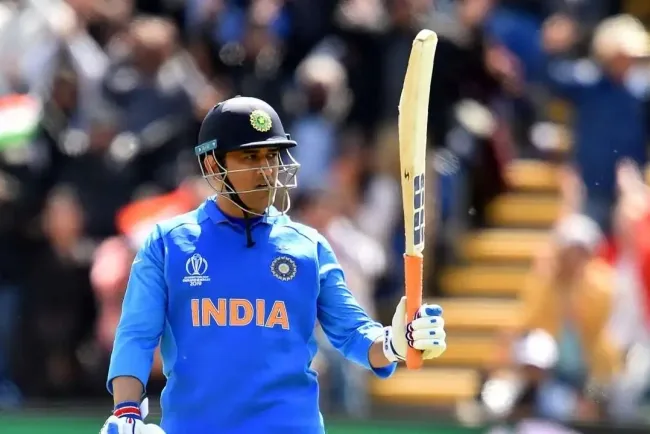Javelin Throw: Rules and Techniques...!!!
The javelin throw is a demanding, technical event that requires a blend of strength, speed, technique, and precision. By adhering to the rules and engaging in proper training and conditioning, athletes can compete safely and fairly, achieving their best throws.

The javelin throw is a track and field event where athletes throw a spear-like implement called a javelin as far as possible. With ancient origins, it remains a key event in the modern Olympic Games. To ensure fair competition and athlete safety, the javelin throw adheres to specific rules and techniques.
The Javelin
Specifications:
-
The javelin is constructed from metal or a combination of metal and other materials.
-
For men, the javelin must weigh at least 800 grams and measure 2.6 to 2.7 meters in length.
-
For women, the javelin must weigh at least 600 grams and measure 2.2 to 2.3 meters in length.
Rules and Regulations
The Runway:
-
The runway is a straight path athletes use to gain momentum before throwing the javelin.
-
It must be at least 30 meters long and 4 meters wide, ending at an arc-shaped throwing line.
The Throw:
-
Athletes must hold the javelin by its grip and throw it over their shoulder or upper arm.
-
They cannot turn their back to the throwing area during the throw. The javelin must land tip-first within the designated sector lines, forming a 29-degree angle from the throwing arc.
-
Athletes must not step over the throwing line or outside the runway during the throw. Doing so results in a foul throw, which is not counted.

Measuring the Throw:
-
The throw's distance is measured from the inside edge of the arc to the point where the javelin's tip first contacts the ground. Measurements are precise to the nearest centimeter.
Fouls:
-
Common fouls include:
-
The javelin landing flat or tail-first.
-
Stepping over the throwing line or outside the runway during the throw.
-
Failing to land the javelin within the designated sector lines.
-
Turning their back to the throwing area during the throw.
-
-
Any foul results in the throw being invalidated.
Techniques and Execution
Grip:
-
Athletes hold the javelin at its grip near the center of the shaft. They can use different grips, such as the American grip, Finnish grip, or fork grip, based on their comfort and preference.
Run-Up:
-
The run-up is the approach phase where athletes gain momentum before the throw. It typically includes 13 to 17 strides, starting with gradual acceleration and transitioning into a powerful sprint.
Withdrawal:
-
As athletes approach the throwing line, they shift the javelin into a throwing position by pulling it behind their head, building tension for the throw.
Delivery Stride:
-
The delivery stride involves the final steps before the throw. The lead leg plants firmly on the ground, with the throwing arm fully extended behind. The non-throwing arm aids in balance.
Throw and Follow-Through:
-
The throw is performed with a powerful, over-the-shoulder motion. Athletes use their entire body to generate force, starting from the legs and hips, transferring through the torso, and finally releasing the javelin with the arm.
-
A smooth follow-through is essential for control and maximizing distance. Athletes must maintain balance to avoid fouls.

Training and Conditioning
Strength Training:
-
Javelin throwers must develop strength in their legs, core, and upper body. Exercises like squats, lunges, deadlifts, and bench presses build the required strength and power.
Flexibility and Mobility:
-
Flexibility and mobility are crucial for an efficient throwing motion. Stretching exercises, yoga, and dynamic warm-ups enhance flexibility and reduce injury risks.
Technique Drills:
-
Practicing proper technique is key to success in the javelin throw. Drills such as short approach throws, standing throws, and medicine ball throws help refine technique and build muscle memory.
Plyometric Training:
-
Plyometric exercises, including box jumps, bounding, and explosive sprints, improve power and explosiveness, critical for generating the force needed to throw the javelin far.
The javelin throw is a demanding, technical event that requires a blend of strength, speed, technique, and precision. By adhering to the rules and engaging in proper training and conditioning, athletes can compete safely and fairly, achieving their best throws.
What's Your Reaction?

















